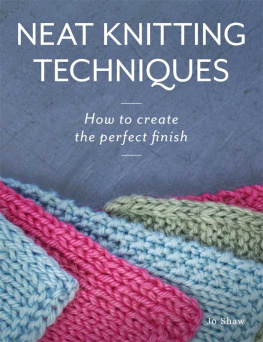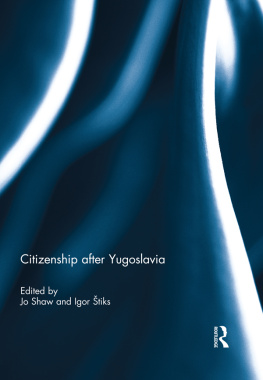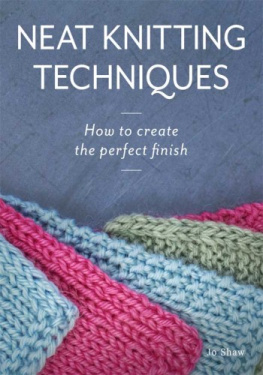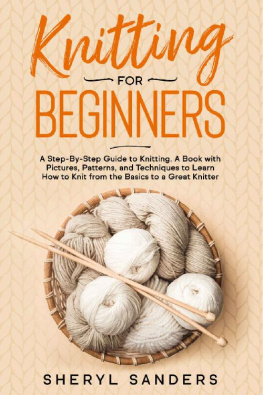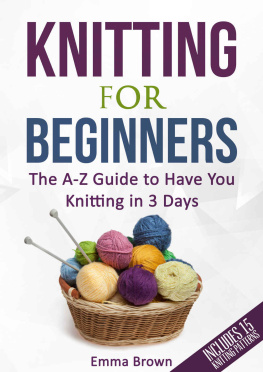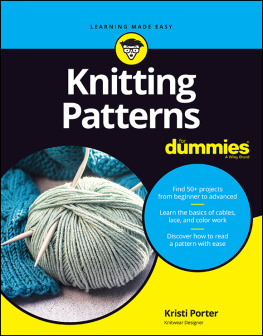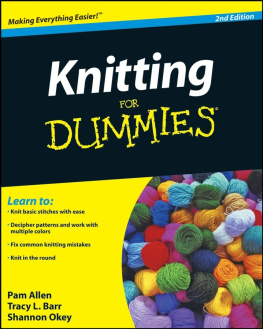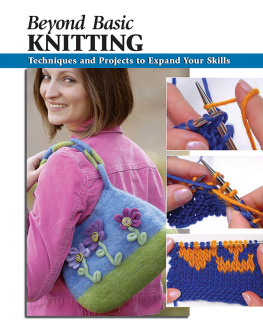Page List




INTRODUCTION
K nitting has been part of my life for a long time. Im a knitwear designer, workshop tutor and Ive worked in my local yarn shop for quite a number of years. One of my main traits is to research any topic that interests me in as much detail as possible. This led me to complete a Level 3 City and Guilds in Hand Knit Textiles.
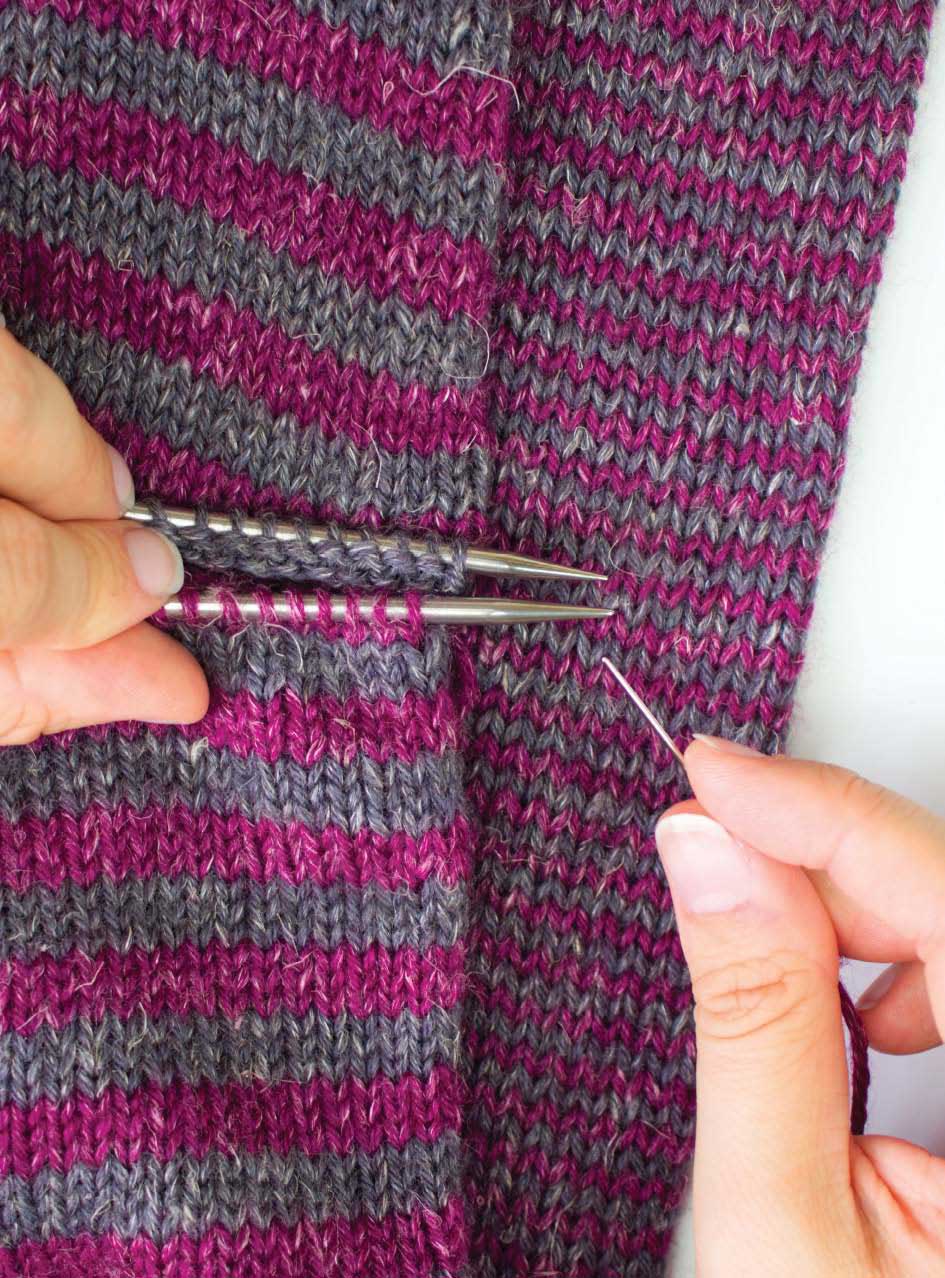
I teach workshops and classes on a weekly basis and being able to speak to different knitters and guide them on their knitting journey is rewarding. Many times I have had the wonderful compliment from other knitters that my knitting is neat and this is often followed by How do you do that?. The answer is partly my knitting style, but another good proportion is the techniques and tips that I use to make my knitting neater and easier. My hope, in this book, is to share those with you, so that you too can get the best finish possible from your projects.
It is those finishing touches and details that you add to your project that can be the difference between a project that looks homemade, compared to handmade. It can be very disappointing to put all those hours of knitting into your project and then to find the end result is not how you expected. Youll often hear these called finishing techniques. This definition can be misleading, as it could be interpreted that these methods should be done when you finish; rather, they should be considered before you even start and throughout the entire process. This is why I like to call them neatening techniques. This includes topics that will improve the finishing and neatness of your knitted project. Beginning with your choices before you start, such as swatching and cast-on methods, it also includes techniques within your project that will neaten common issues such as loose knit stitches, joining in yarn, where to work shaping and so on, concluding with sewing seams, blocking and troubleshooting problems.
So if youll join me, Ill take you through the journey of a project and Ill share these neatening techniques with you.
CHAPTER 1
BEFORE YOU START
CONSISTENCY
Consistency is vital in knitting. Even if you have done something incorrectly or used an inappropriate technique, then if you are consistent, the end result will look right. If something is repeated, then it creates a pattern and it will look like you intended the result. If the result is swapped and changed throughout, then it will look haphazard and messy.
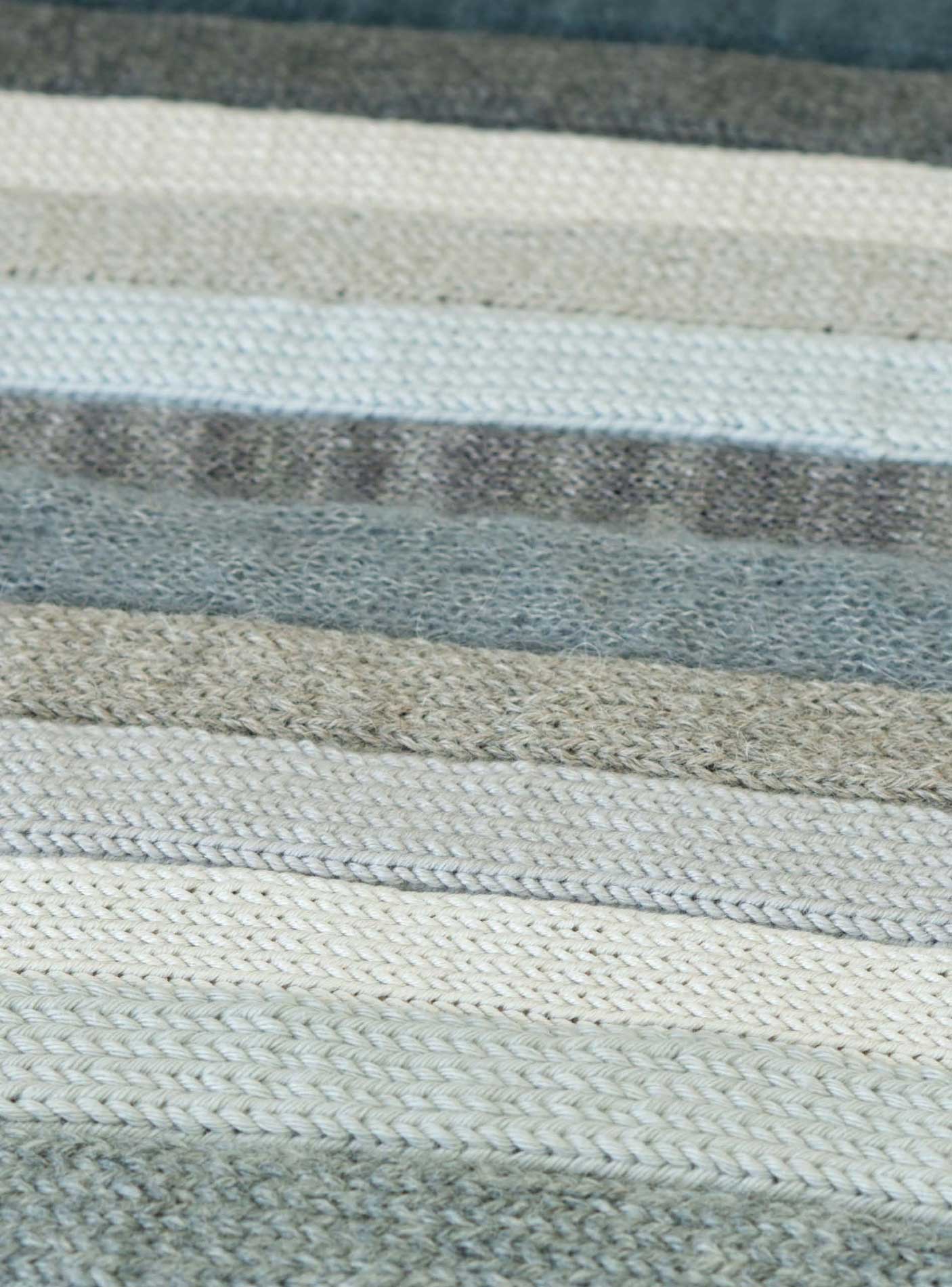
CHOICES
Knitting is a gamut of choices and the best way to be prepared is to be informed; that way you can make the right choice for the finish that you would like.
There are so many different techniques, tools, and yarns out there and theyre not all going to suit you. Over many years of experience, Ive developed a toolkit for my knitting. This includes my favourite needles, tools, yarns, fibres, and techniques. Yours will most likely differ and I highly recommend that you experiment to find what works for you. All these things improve the finish and neatness of my projects.
So starting at the first item, we have one that is, in my opinion, the foundation of your knitting experience knitting needles. With your knitting needles, there are many different types, styles, and materials that you can choose from. Im going to guide you through some of those choices but do experiment and determine which works best for you.
NEEDLES
Straight v. circular
We all have a preference. My opinion is that the only reason that a straight needle outweighs a circular is if you knit with the needle under your arm although I have taught a number of underarm knitters to use circulars, and it opens so many doors to new techniques and patterns. Straight needles are the traditional choice and thats perhaps because for a long time, circular needles were inferior. The cables would kink and get in the way, the joins between needle and cable were not smooth and it was, generally, an unpleasant experience. However, there are dozens of brands now that produce beautiful, circular needles with non-kink wire and smooth joins.
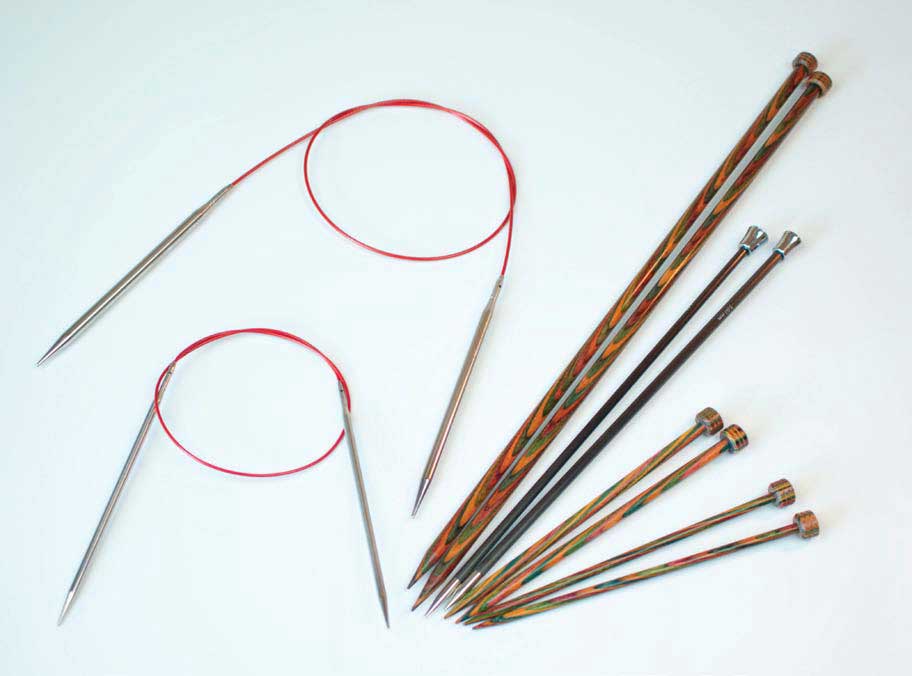
Circular needles are a lot more versatile than straight needles, and they can help keep your knitting more consistent.
Were discussing neatness though. One big downside to using straight needles is that, as you advance, you have to manage the weight of the project on top of the actual knitting technique. This affects consistency; your knitting style will change as youre having to support the weight of your knitting. Circular needles do not have this issue as the weight of the project is on the cable, which is usually sitting on your lap, and not the needles. This allows the knitting technique to remain consistent throughout the project, plus it is a lot more pleasant and relaxing not to be holding the weight whilst knitting.
CONSISTENCY IN PRACTICE
All three examples show a line of decreases but with variations.
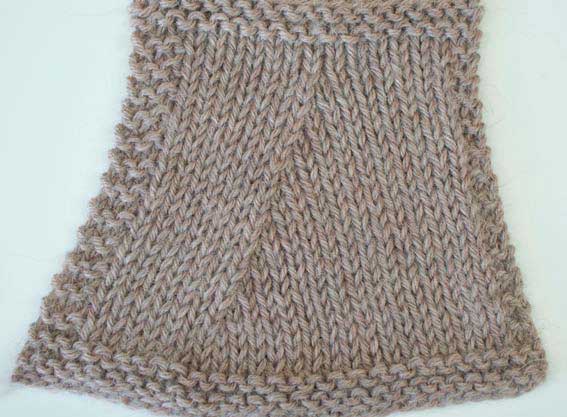
All the stitches along the decrease line are the same. This is a traditional way of working decreases. As the stitch used is consistent, it looks uniform and intentional.
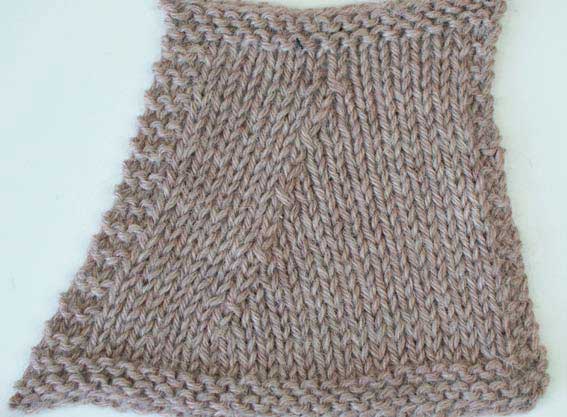
Alternating ssk and k2tog is not a normal way of using decreases but as they have been alternated consistently, it looks like a pattern and therefore looks intentional and neat.

This sample uses both ssk and k2tog decreases, but at random. This does not look like a pattern and looks far messier than the other two options.
Whatever choice you make at the start of your project, try and stick to it throughout, and the results will be neater.
Needle material
There are several different needle materials. The most common are metal, wood, bamboo, carbon, and plastic. Its surprising how much the material can affect both the tension and the neatness of your knitting but it does. It really is worth experimenting to find the material that works best for your knitting technique. The key factor is to keep using the same pair of needles throughout the entirety of your project.

